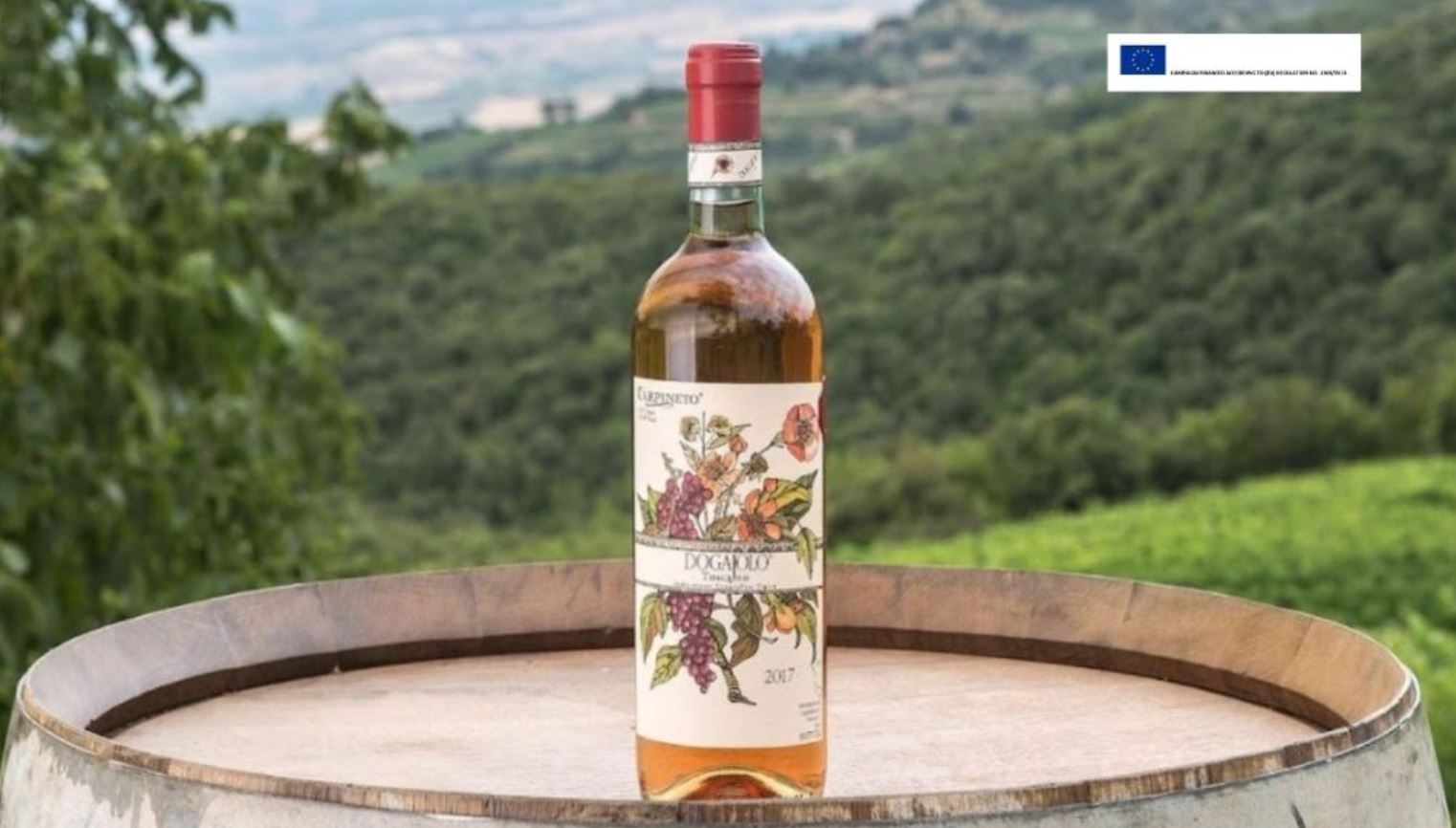Wine is living matter, just like human beings. And like human beings, wine has a known birth, growth and unfortunately death. No matter how well-preserved wine may be, it is prone to aging and is not eternal. This is exactly why you should open that bottle of Brunello di Montalcino or Barolo sooner rather than later, especially if you do not have a wine cellar for storage. It’s better to drink it while it is still in good form, than to store it on a kitchen shelf and slowly watch it turn into vinegar. If we continue comparing wine to living beings, then we need to consider the various seasons of life – childhood, adolescence, adulthood, and old age. Wine is no exception to these phases. The fermented nectar has its own phases of life - young, ready, mature and oxidized, depending on the year that you uncork the bottle.
What is a young wine like?
There are substantial differences between a young white and a young red wine. Young white wines are usually characterized by their color – pale, straw yellow with greenish reflections. This indicates the still unripe degree of the grapes, with a dry and slightly acidic taste which is intense in floral notes. On the other hand, a red wine will have intense, ruby red coloring with violet hues and can be intense in fruity notes, characterized by tannic presence and often times, astringency. This type of wine still needs to mature. Sometimes just like human beings. Now when it comes to “ready” to drink wine, there are different characteristics which suit white and red wine.
A white wine is typically acidic and will be soft on the palate. These are typically balanced wines. The same goes for a red wine. It will have good acidity and freshness, and a more pronounced softness. It is often less aggressive in tannins, of course depending on the wine. A red wine that is ready is typically one that lends itself to aging, and for some red wines this can even be up to 15 or 20 years.
Then there is the last of the evolutionary stages – the mature stage. A mature wine has a wealth of complexity, aroma and flavors which denotes the degree of aging. It is often said that a wine is aged in wood which can give it secondary, tertiary aromas with hints of jam or cooked fruit. Colors are usually golden yellow for white wine and garnet for red wines. A mature wine has about 2 to 3 years ahead of it until it reaches its last stage. The one that should never be reached unless you are drinking it – oxidation. If your wine is orange or rusty in color, it is strongly advised not to drink it. Your wine has most likely oxidized and gone off which would make it void of any organoleptic characteristics. Wines left for too much time in the bottle or that have aged badly, may have been tainted by changes in temperature. Any wine like this has unfortunately, reached the end of its life.
What is a young wine like?
There are substantial differences between a young white and a young red wine. Young white wines are usually characterized by their color – pale, straw yellow with greenish reflections. This indicates the still unripe degree of the grapes, with a dry and slightly acidic taste which is intense in floral notes. On the other hand, a red wine will have intense, ruby red coloring with violet hues and can be intense in fruity notes, characterized by tannic presence and often times, astringency. This type of wine still needs to mature. Sometimes just like human beings. Now when it comes to “ready” to drink wine, there are different characteristics which suit white and red wine.
A white wine is typically acidic and will be soft on the palate. These are typically balanced wines. The same goes for a red wine. It will have good acidity and freshness, and a more pronounced softness. It is often less aggressive in tannins, of course depending on the wine. A red wine that is ready is typically one that lends itself to aging, and for some red wines this can even be up to 15 or 20 years.
Then there is the last of the evolutionary stages – the mature stage. A mature wine has a wealth of complexity, aroma and flavors which denotes the degree of aging. It is often said that a wine is aged in wood which can give it secondary, tertiary aromas with hints of jam or cooked fruit. Colors are usually golden yellow for white wine and garnet for red wines. A mature wine has about 2 to 3 years ahead of it until it reaches its last stage. The one that should never be reached unless you are drinking it – oxidation. If your wine is orange or rusty in color, it is strongly advised not to drink it. Your wine has most likely oxidized and gone off which would make it void of any organoleptic characteristics. Wines left for too much time in the bottle or that have aged badly, may have been tainted by changes in temperature. Any wine like this has unfortunately, reached the end of its life.





